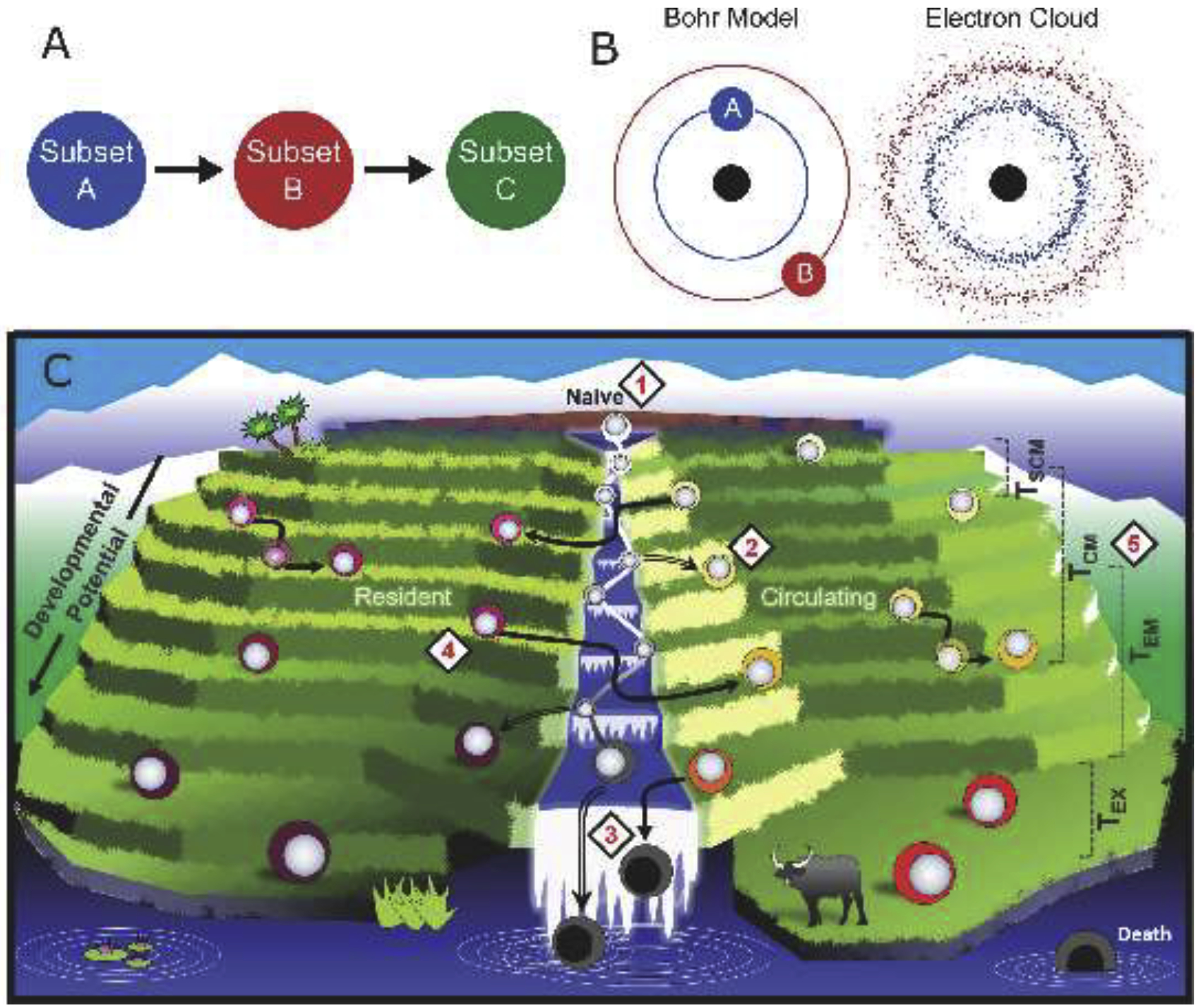Figure 3. Models of T cell differentiation.

A) Defined subsets of memory T cells imply unidirectional differentiation between discrete cell types. B) Initial modeling of electron dynamics implied discrete orbits of movement (left), whereas the modern view highlights a probabilistic distribution, represented as an electron cloud (right). C) The ‘terrace’ model depicts naïve cell activation (1) and differentiation into memory T cells (2) along a continuum of developmental potential (depicted as terraces), though most activated T cells (depicted in the river) die (3). Migration status is used to further bifurcate memory T cells into a resident and circulating pool. This migration status is largely fixed, though may not be permanent for all cells (4). Subset nomenclature of circulating memory T cells is estimated, but does not reflect discrete cell types with stepwise loss of differentiation potential (5). The ‘terrace’ model is based on developmental potential and migration properties. Stem cell memory T cells (TSCM); Central memory T cells (TCM); Effector memory T cells (TEM); Exhausted T cell (TEX).
